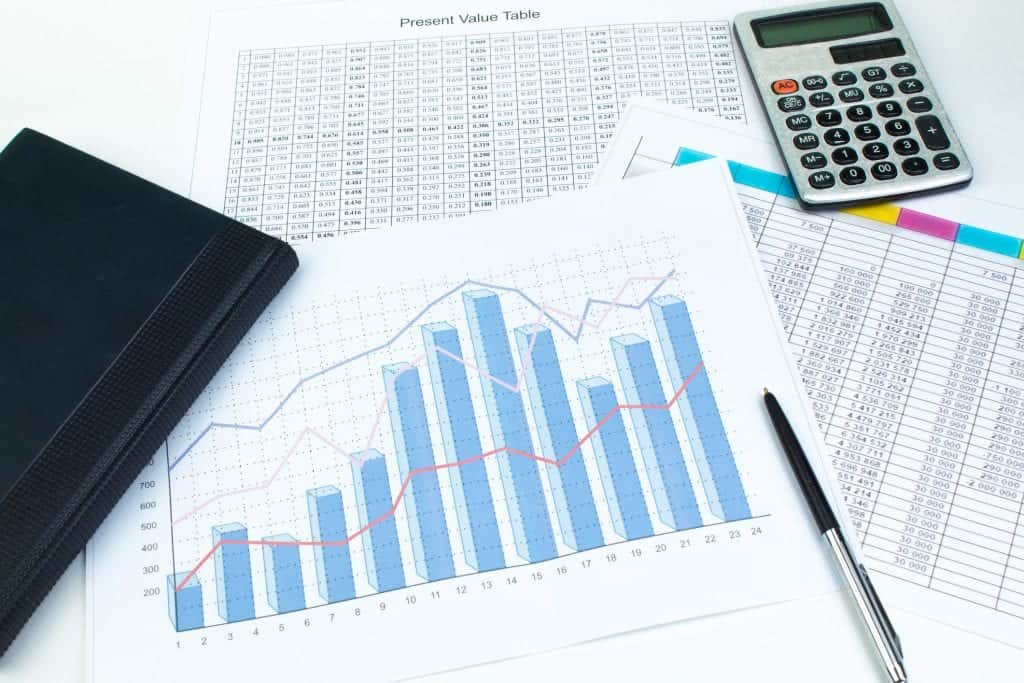
The two critical elements of any business plan to accomplish are marketing and the financial statements. Every business owner needs to grasp a thorough understanding of their financial data from unit costs and margins, to sales revenues, fundamental costs and growth figures.
Most people are not naturally-born accountants so find the process difficult. But if you follow this guide, then you should be able to prepare a basic financial overview with ease.
If you run into trouble, then it might be time to recruit the services of an accountant, but they should not be required.
There are three principal financial statements you’ll need to develop for your business:
There should be monthly statements prepared for your cash flow and Profit and Loss for the first year of trading then yearly summaries after that.
The most important document and the one to get right is your cash flow. Throughout all stages of your venture you’ll need to stay cash positive. If your forecast shows a debit balance, then you will require some form of funding (whether that be a regular bank loan or overdraft facility).
Even the most profitable businesses go bankrupt because they run out of cash so ensure yours is robust.
Although we can’t take you through each element step-by-step online we can take you through the basics.
Please remember that we provide a professional financial planning wizard to make this process easy with each sample business plan on this website.
The difference between these two items is simply time.
If you make a sale today, then this is booked into your P&L this month no matter when you get paid. If you get paid in three months time, then this will hit your cash flow, or bank account, in three months time.
While you wait for this cash to arrive you’ll need to fund your business for the working capital required to pay your suppliers.
Your cash flow determines how much finance you’ll need to fund your business. The timing issue is the same for costs.
If you buy something for your business today then it is booked in your P&L this month. But if you do not pay for it until two months time then this will only be deducted from your cash flow in two months time.
In the above scenario of receiving sales money in month three but paying for cost in month two, your P&L in month two will show a profit but your cash flow will still be negative because:
This concept can be tricky but essential to manage. And the best way is to have your cash flow mapped out in advance otherwise you may have some nasty surprises.
You can set up your own spreadsheet to begin to forecast your sales and expenses.
You can then change the units sold and create various scenarios for your plan.
The cash flow is effectively the same except will change depending on when you pay bills and when you get paid.